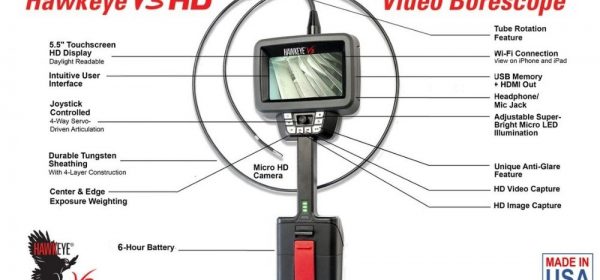What To Know About Sewer Line Inspection Cameras

May 25, 2021
Few of us spend much time thinking about the condition of our home’s or business’s plumbing. However, like any working part of a building, this is an aspect that requires regular maintenance. To properly diagnose potential issues, understanding what to know about sewer line inspection cameras is an important starting place. Even when working with a professional plumber, identifying the basic tools and processes will help demystify the inspection and make choosing an affordable solution simpler.
Why Sewer Line Inspections Are Important
No system is entirely perfect. While our mastery of plumbing has evolved significantly since the early days of aqueducts, we still struggle with many of the same issues today. Namely, even the most durable materials are subject to weather and time. Cracks, leaks, and bursts can happen, and they often appear when we least expect them.
What’s more, blockages can occur inside of pipes and sewer lines without any warning. Often, improper water pressure, incorrect disposal of material, or even just a severe build-up of scum and scale due to hard or untreated water causes them.
Tools of Sewer Line Inspection
If you’re a DIYer who wants to diagnose problems yourself, a part of what to know about sewer line inspection cameras is that there are specific types that are best for viewing plumbing systems. Typically, the best camera for the work is a type of videoscope. The difference between these and other types of borescopes is that videoscopes have more robust features. They feature a flexible cord similar to fiber optic borescopes, but they aren’t dependent on this technology.
As a result, images are much crisper, and their resolution is comparable to the average camcorder. Furthermore, you can rotate the dorsal tip remotely. With these devices, it’s very easy to probe inside hard-to-reach areas like sewer lines. Simply match the camera and cord diameter to best fit into the line or lines you will be inspecting. The higher resolution and maneuverability make it very easy to spot flaws and breakages.